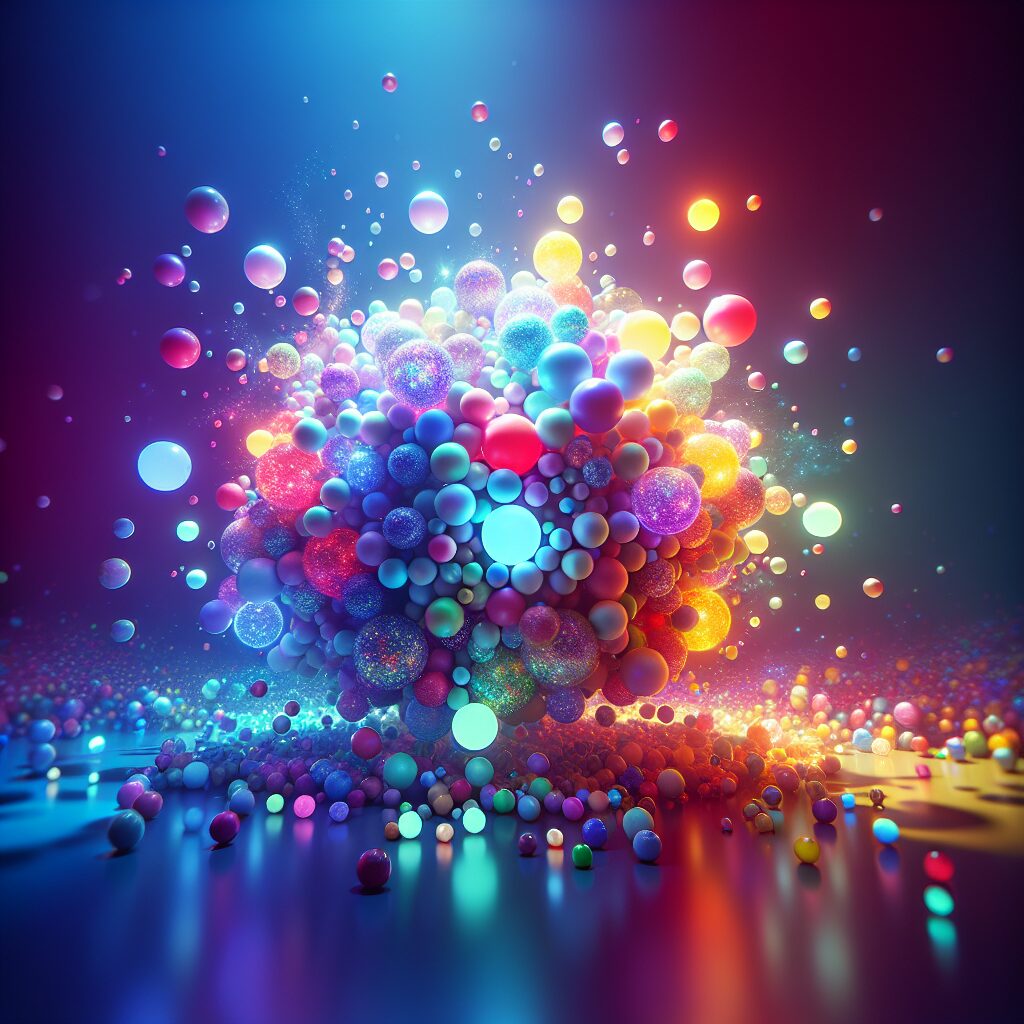Perception of Color: How It Influences Play
Color is not just a visual sensation; it holds the power to influence our emotions, behavior, and even our cognitive processes. Our perception of color plays a significant role in various aspects of our lives, including our experiences with play. From childhood games to recreational activities, the colors we encounter can shape our enjoyment and engagement. According to research, different colors can evoke distinct responses and create unique experiences, making the perception of color a fascinating and essential aspect to explore.
Colors have the ability to elicit specific emotions and affect our behavior in unexpected ways. For example, studies have found that warm colors like red and orange can increase adrenaline levels, making play activities more exciting and energizing. On the other hand, cool colors such as blue and green have a calming effect and can promote relaxation during play, allowing individuals to experience a sense of tranquility and peacefulness. Moreover, color can also influence our cognitive processes, including attention, memory, and creativity. Certain colors are known to enhance focus and concentration, while others stimulate imaginative thinking and problem-solving skills.
Understanding how color perception influences play is crucial for creating engaging and immersive experiences. In the following sections, we will delve deeper into the key takeaways related to the perception of color and its impact on play. We will explore how different colors can elicit specific emotions, affect our cognitive processes, and discuss practical applications for designers, educators, and individuals looking to optimize their play experiences. So, let’s dive in and uncover the fascinating world of color perception and its profound influence on play.
Key Takeaways
1. Colors can greatly influence our emotions, perceptions, and behavior, playing a vital role in various aspects of our lives, including sports.
2. Red has been found to be associated with increased aggression, strength, and dominance, often leading to a competitive advantage in sports.
3. Blue, on the other hand, has a calming effect, reducing heart rate and promoting feelings of relaxation and tranquility, potentially aiding performance in certain sports.
4. Green can enhance creativity, problem-solving, and concentration, making it an ideal color for activities requiring mental focus, such as board games or chess.
5. While color can have a significant impact on performance, individual preferences and cultural backgrounds can also play a role, making it essential to consider personal factors when leveraging color in sports and other areas of life.
How does the perception of color influence play?
The Impact of Color on Play
Color plays a significant role in shaping our experiences and emotions, and this extends to the realm of play as well. Whether it’s engaging in sports, playing video games, or participating in creative activities, the perception of color can have a profound effect on our enjoyment and performance. In this section, we will explore the various ways in which the perception of color influences play.
The Psychology Behind Colors
Colors have the power to evoke specific psychological responses and can influence our mood, behavior, and perception. For example, warm colors like red and yellow are often associated with energy, passion, and excitement, while cool colors like blue and green are often linked to calmness, tranquility, and concentration. Understanding the psychology behind different colors is crucial in determining their impact on play.
Color in Sports
The choice of colors in sports can have both practical and psychological implications. In team sports, uniforms are often designed strategically to evoke a sense of unity, intimidate opponents, or enhance visibility and contrast. Additionally, research suggests that certain colors used in sports settings can affect athletes’ performance and perception, such as the perceived speed of a ball or opponent.
Color in Gaming
The world of gaming heavily relies on visuals and aesthetics to create immersive experiences. Colors are carefully selected to elicit specific emotions, set the tone of the game, and guide players’ focus. Game designers leverage color psychology to enhance gameplay mechanics, create memorable characters, and differentiate between important elements. Understanding how color influences players’ engagement and enjoyment is vital in designing successful games.
Color in Creative Play
In creative play, such as painting, drawing, and crafting, color is the fundamental tool through which self-expression and imagination are unleashed. Colors can symbolize ideas and emotions, influence the perceived meaning of an artwork, and impact viewers’ interpretations. Exploring the relationship between color and creative play offers insight into how color choices affect the outcome and interpretation of art forms.
Guides for Leveraging Color in Play:
- What are some effective ways to use warm colors to boost energy and excitement during play?
- How can cool colors be utilized to enhance focus and concentration during play?
- Is there a specific color scheme that can promote team unity and improve sports performance?
- What color combinations are commonly used in popular video games to create engaging experiences?
- How can color selection in creative play be used to communicate emotions and ideas effectively?
Frequently Asked Questions
1. How does color perception influence play?
Color perception has a significant impact on our emotions, mood, and overall perception of the world around us. When it comes to play, different colors can enhance or diminish our engagement, arousal, and cognitive functioning.
2. Are certain colors more stimulating than others during play?
Yes, certain colors are more stimulating than others. For example, bright and vibrant colors like red, yellow, and orange tend to evoke feelings of excitement, energy, and intensity, making them great choices for promoting active play and stimulating imagination.
3. Can color perception affect children’s creativity?
Absolutely! Color perception has a direct impact on children’s creativity. By using a variety of colors in play environments, we can encourage imaginative thinking, creative problem-solving, and artistic expression.
4. Do boys and girls perceive colors differently when playing?
Research suggests that there may be some differences in color perception between boys and girls, but these differences are primarily influenced by social and cultural factors rather than innate biological factors. It’s important to provide a diverse range of colors and play experiences for all children, regardless of their gender.
5. How can colors be used to create a calming play environment?
Incorporating cool and soothing colors such as blue and green can help create a calming play environment. These colors have a relaxing effect on the mind and can promote a sense of tranquility and focus during play.
6. Are there any colors that can enhance cognitive skills during play?
Yes, certain colors have been found to enhance cognitive skills during play. For instance, research suggests that the use of purple can stimulate creativity and problem-solving abilities, while green can promote concentration and attention to detail.
7. Can color perception influence social interactions during play?
Definitely! Colors have the power to evoke specific emotions and moods, which can impact social interactions during play. For example, warm colors like red and orange can create a sense of excitement and encourage collaborative play and communication.
8. Is there a recommended color palette for playrooms or playgrounds?
While there’s no one-size-fits-all answer, it’s generally recommended to use a combination of vibrant, stimulating colors along with calmer, neutral tones. This balance allows for a diverse and engaging play environment without overwhelming children.
9. Can the use of color influence children’s learning during play?
Yes, color can influence children’s learning during play. Research suggests that the strategic use of specific colors can enhance memory retention, improve focus and attention, and increase motivation and engagement in educational play activities.
10. How can parents and educators utilize color to enhance play experiences?
Parents and educators can utilize color to enhance play experiences by incorporating a variety of colors in toys, games, and play area design. They can also encourage children to explore different color combinations, engage in color-themed activities, and provide opportunities for open-ended creative play with a diverse palette of colors.
Final Thoughts
The perception of color and its influence on play is a fascinating aspect of child development. By understanding how colors can evoke emotions, stimulate creativity, and enhance cognitive skills, we can create enriching play environments that inspire children’s imagination and promote holistic growth.
Remember, the power of color lies not only in its visual appeal but also in its psychological impact. So, whether you’re a parent, educator, or designer, harness the potential of color to create play experiences that nurture and empower children.




